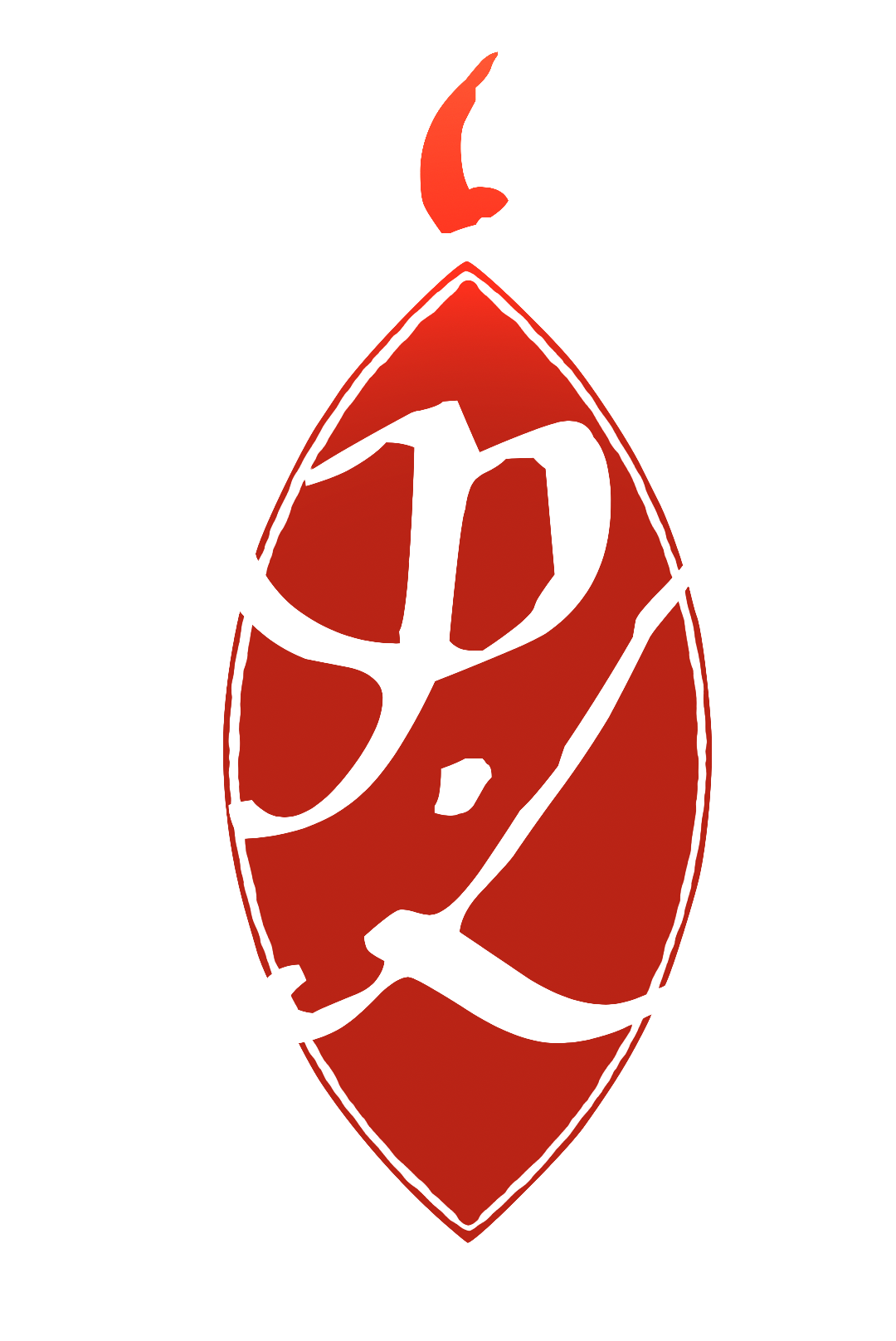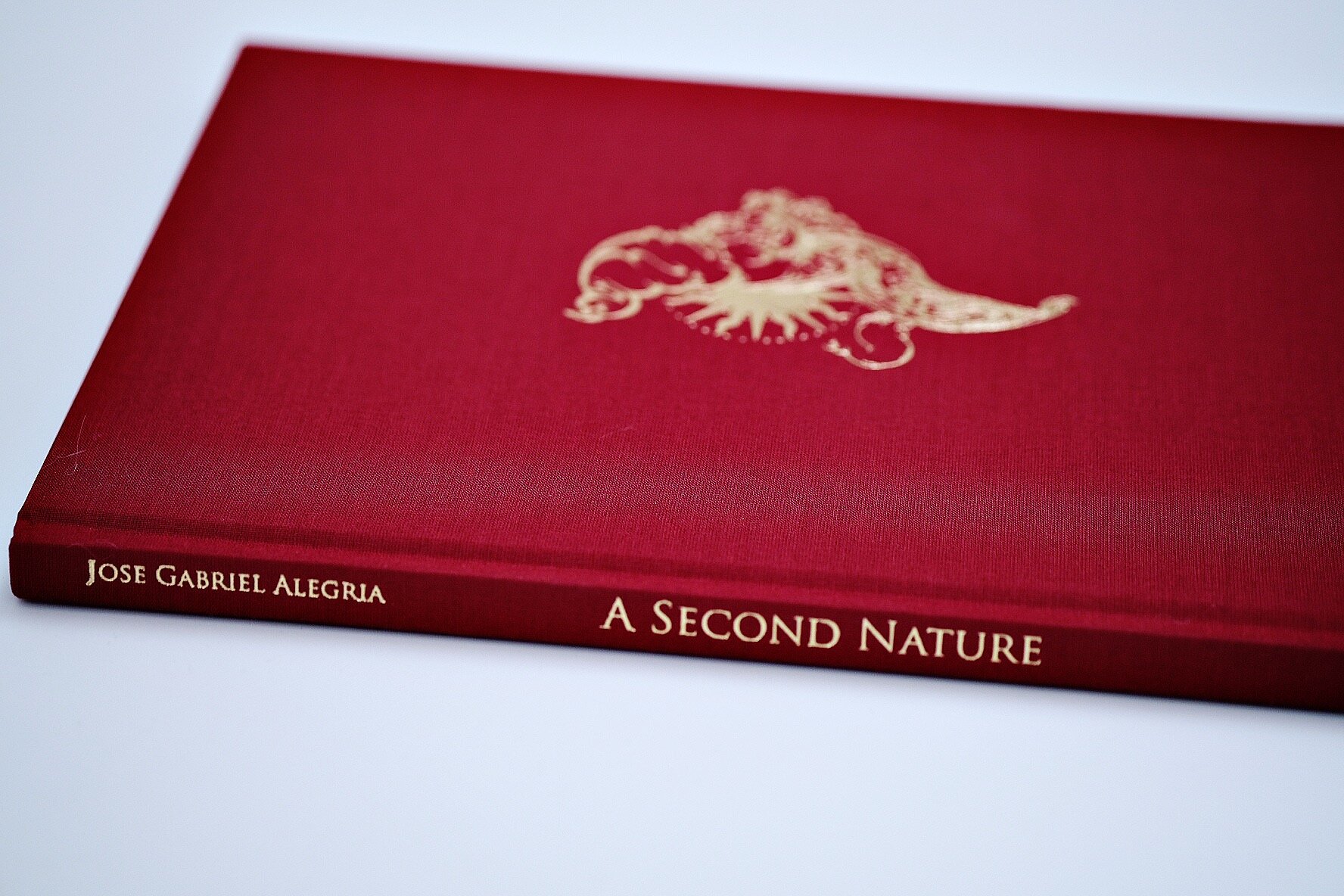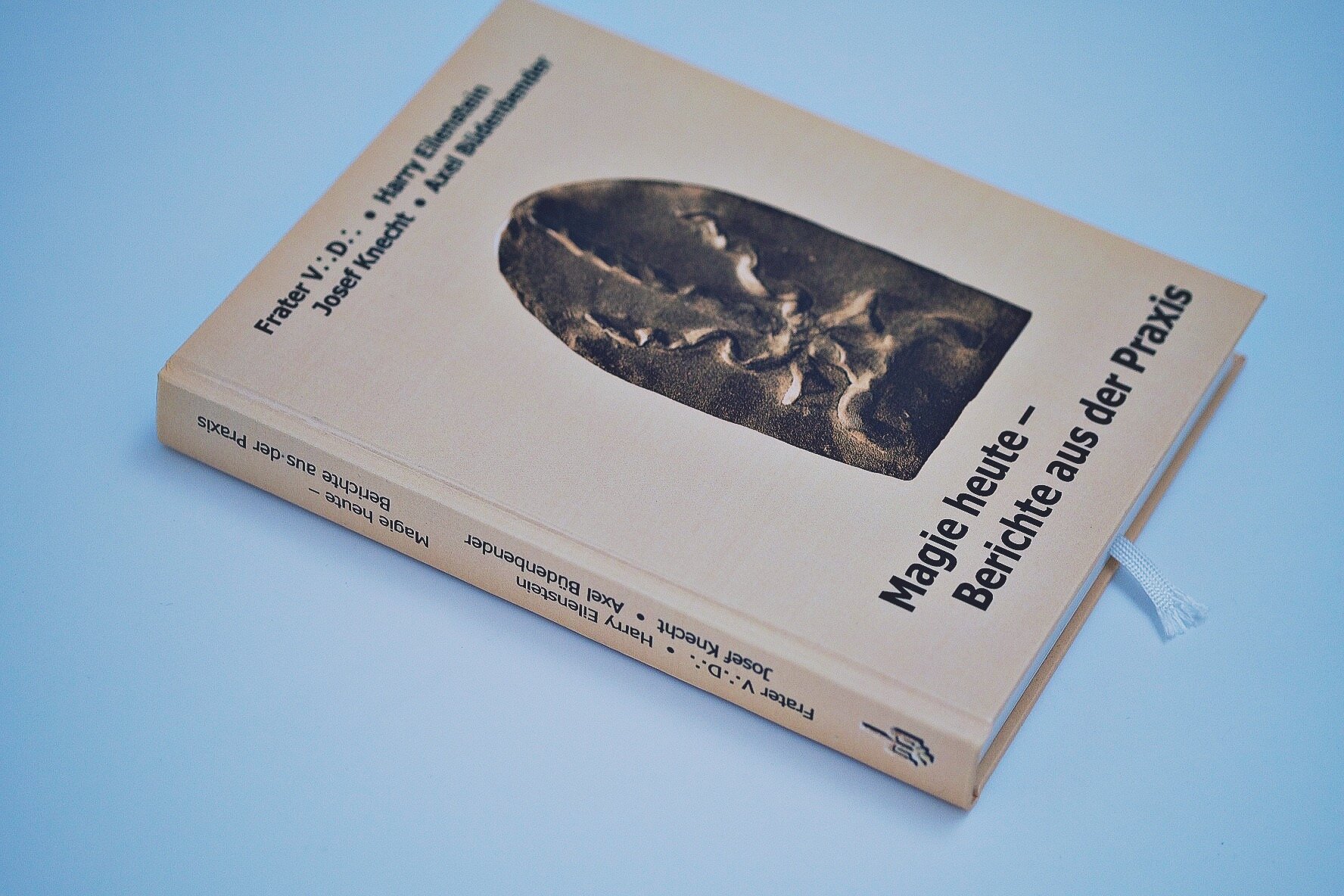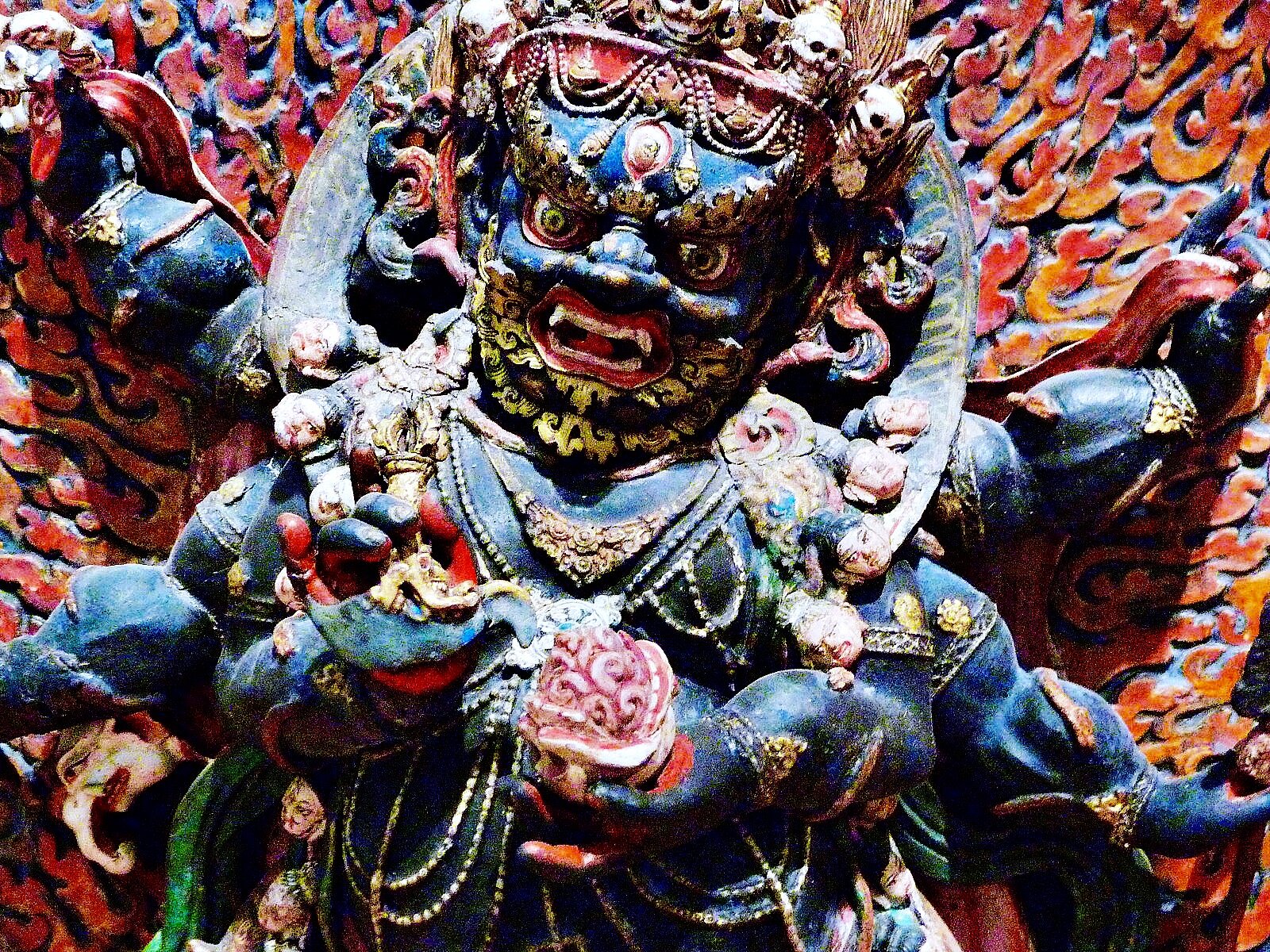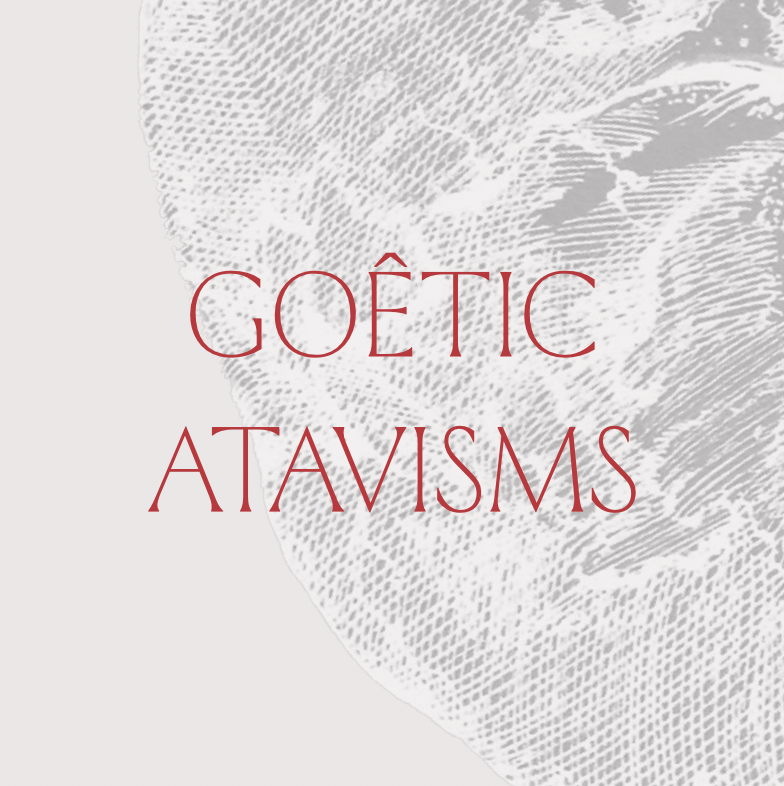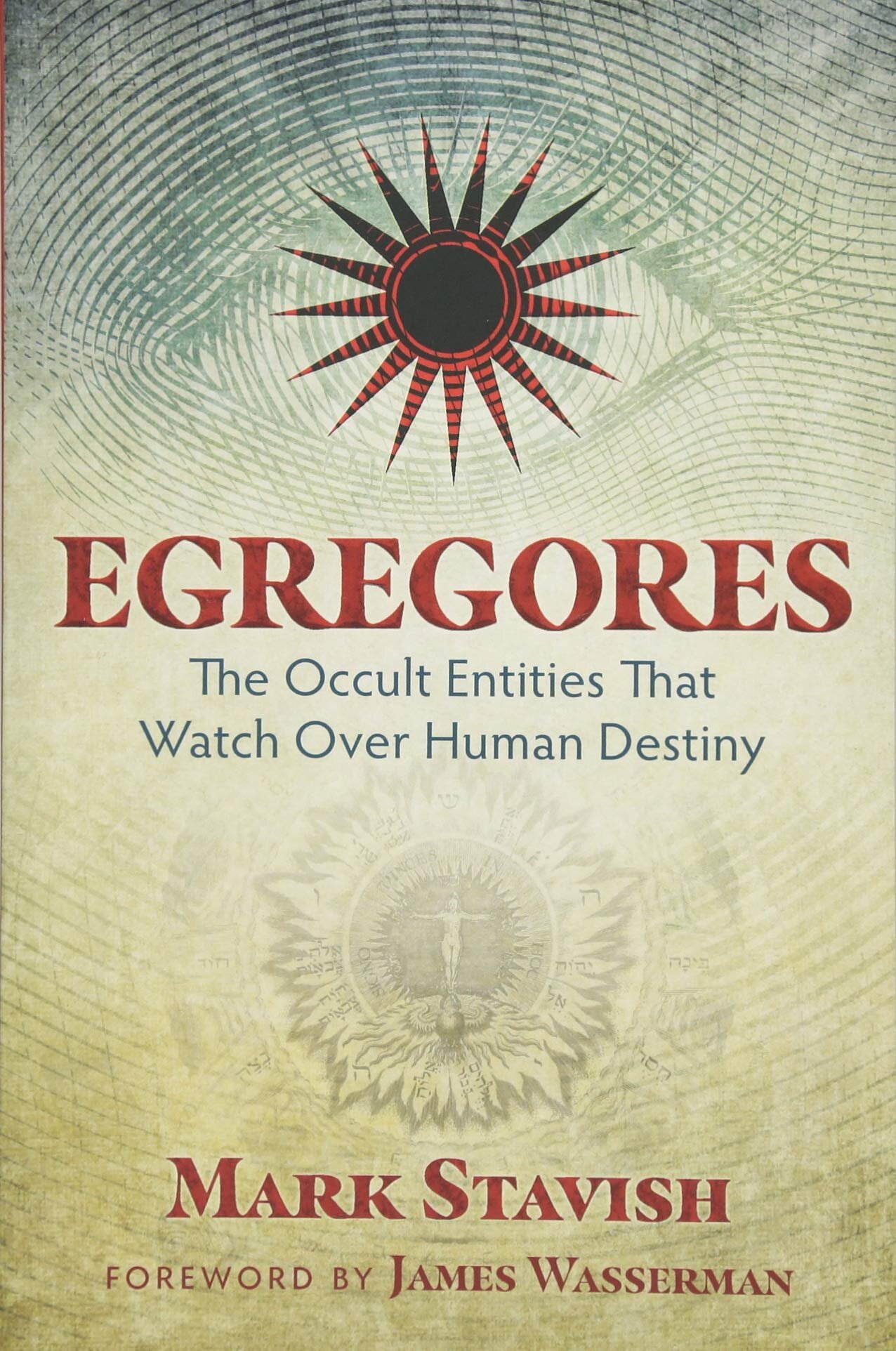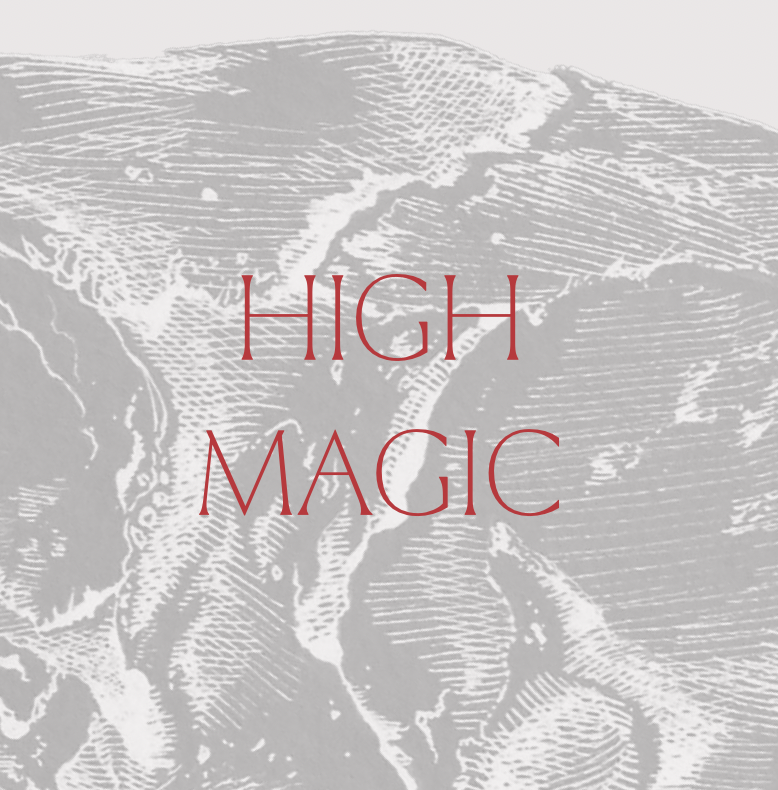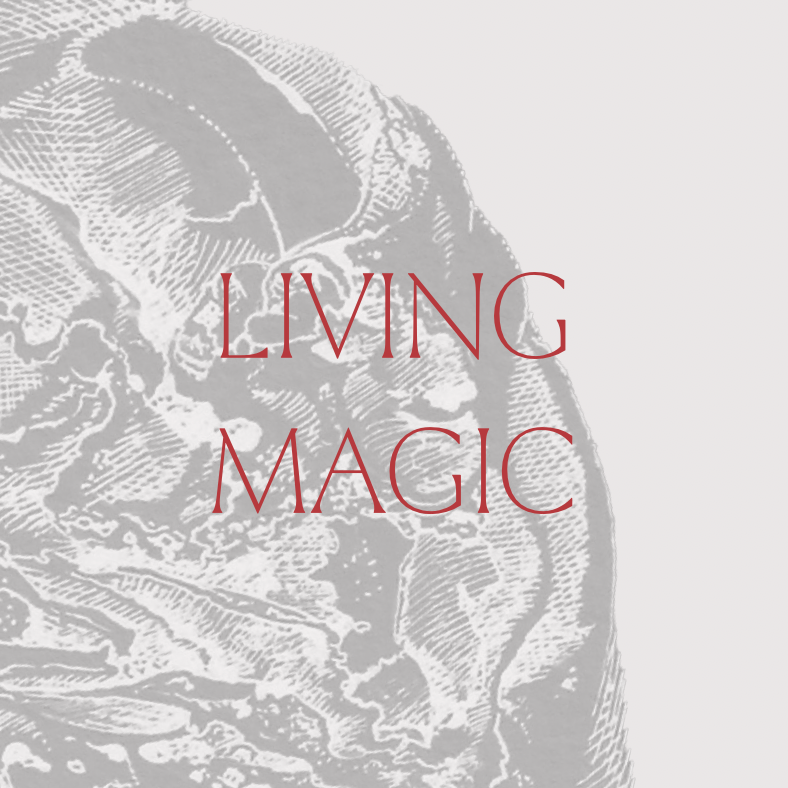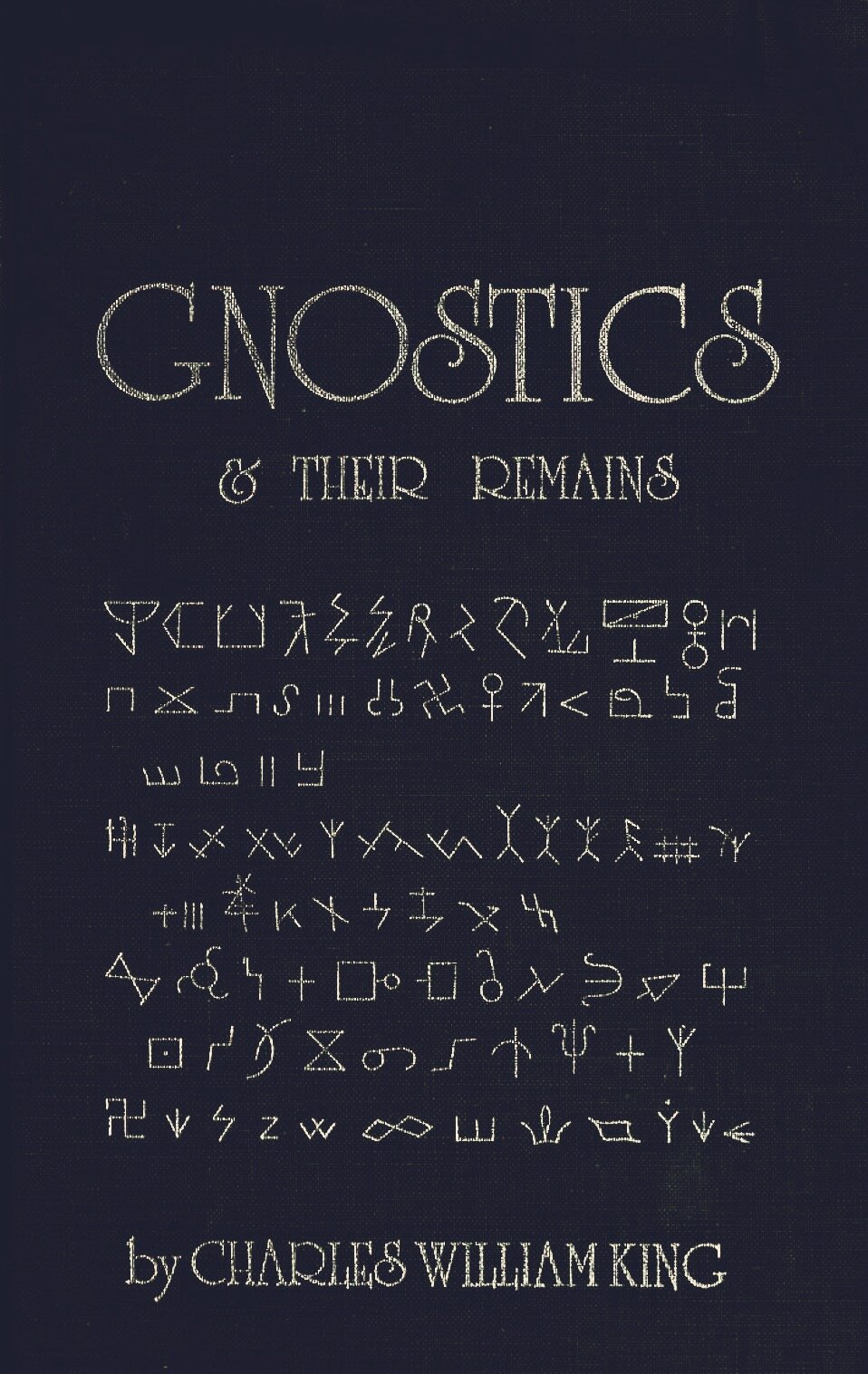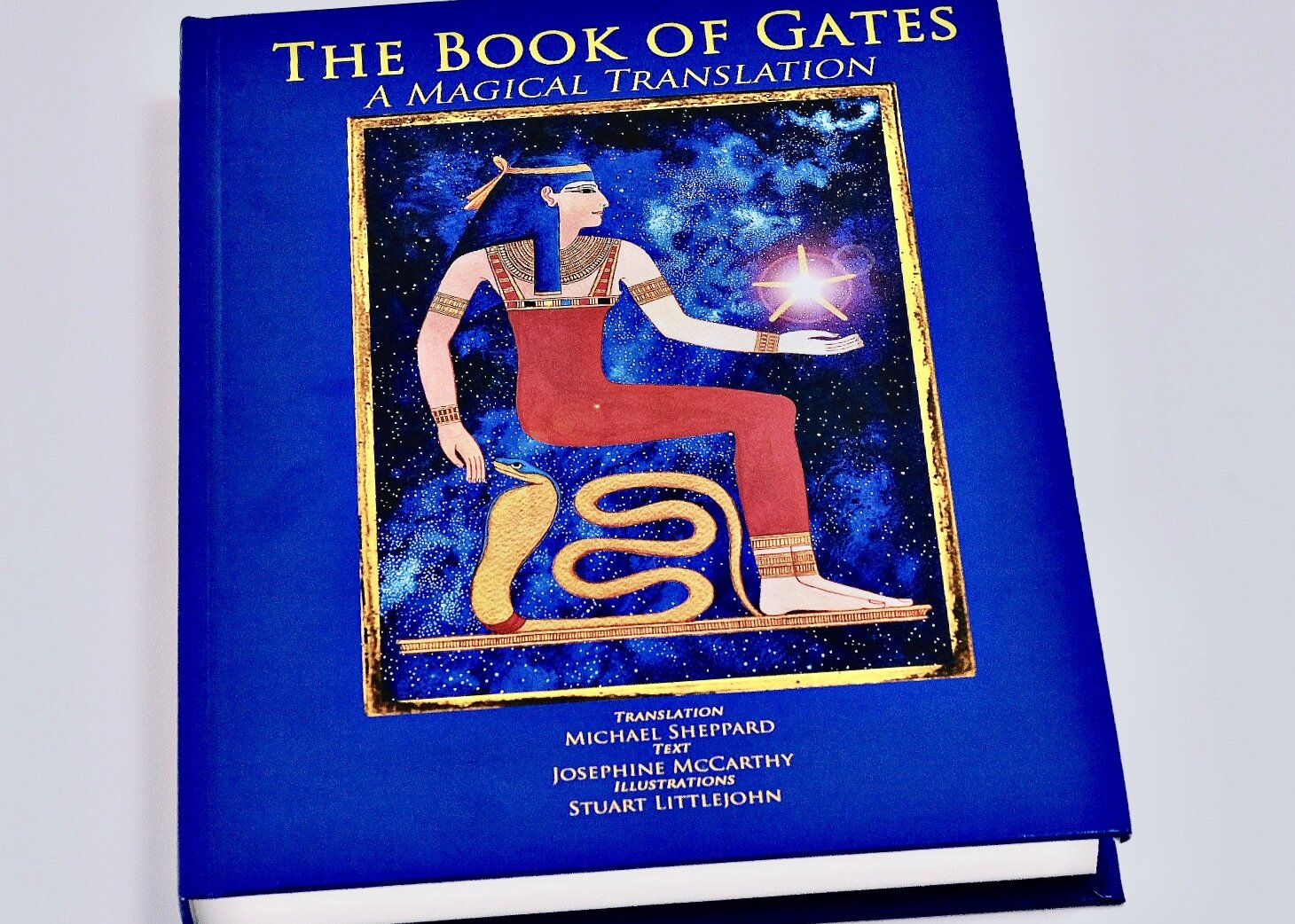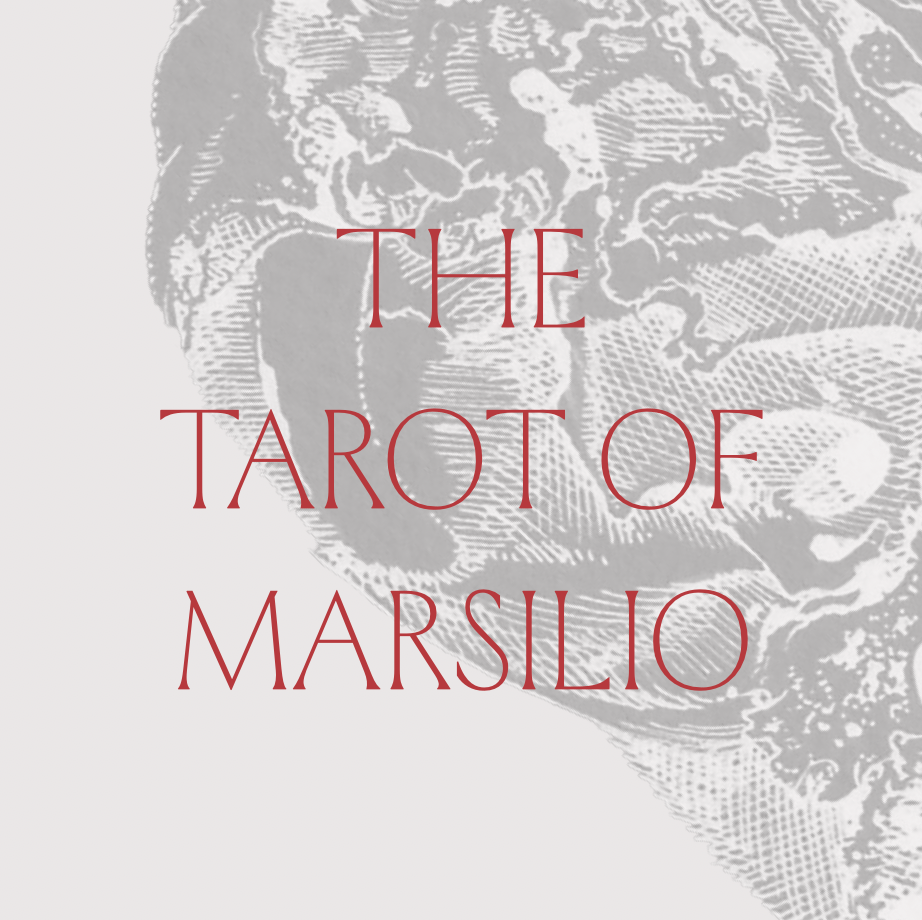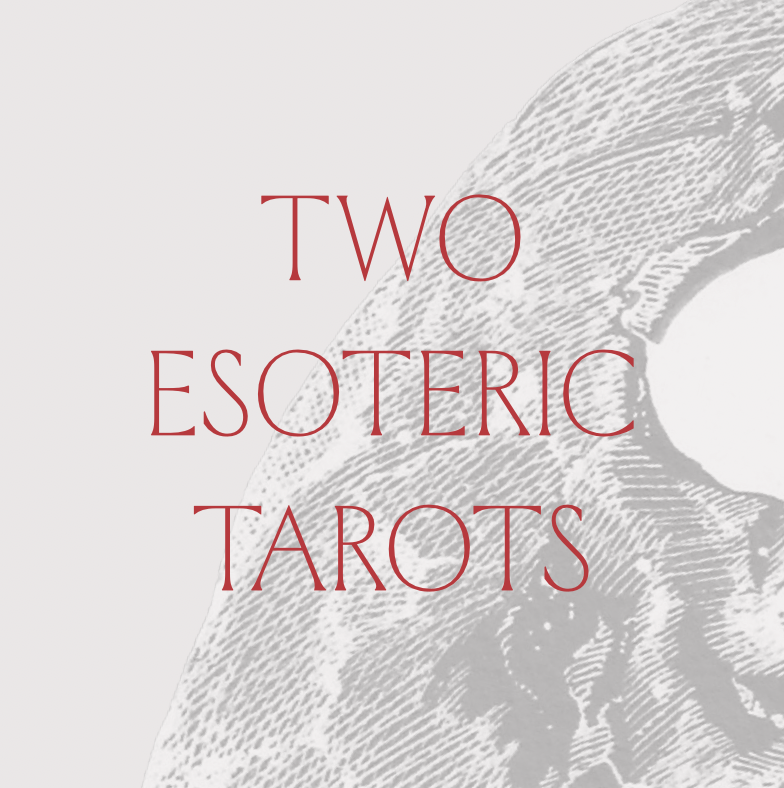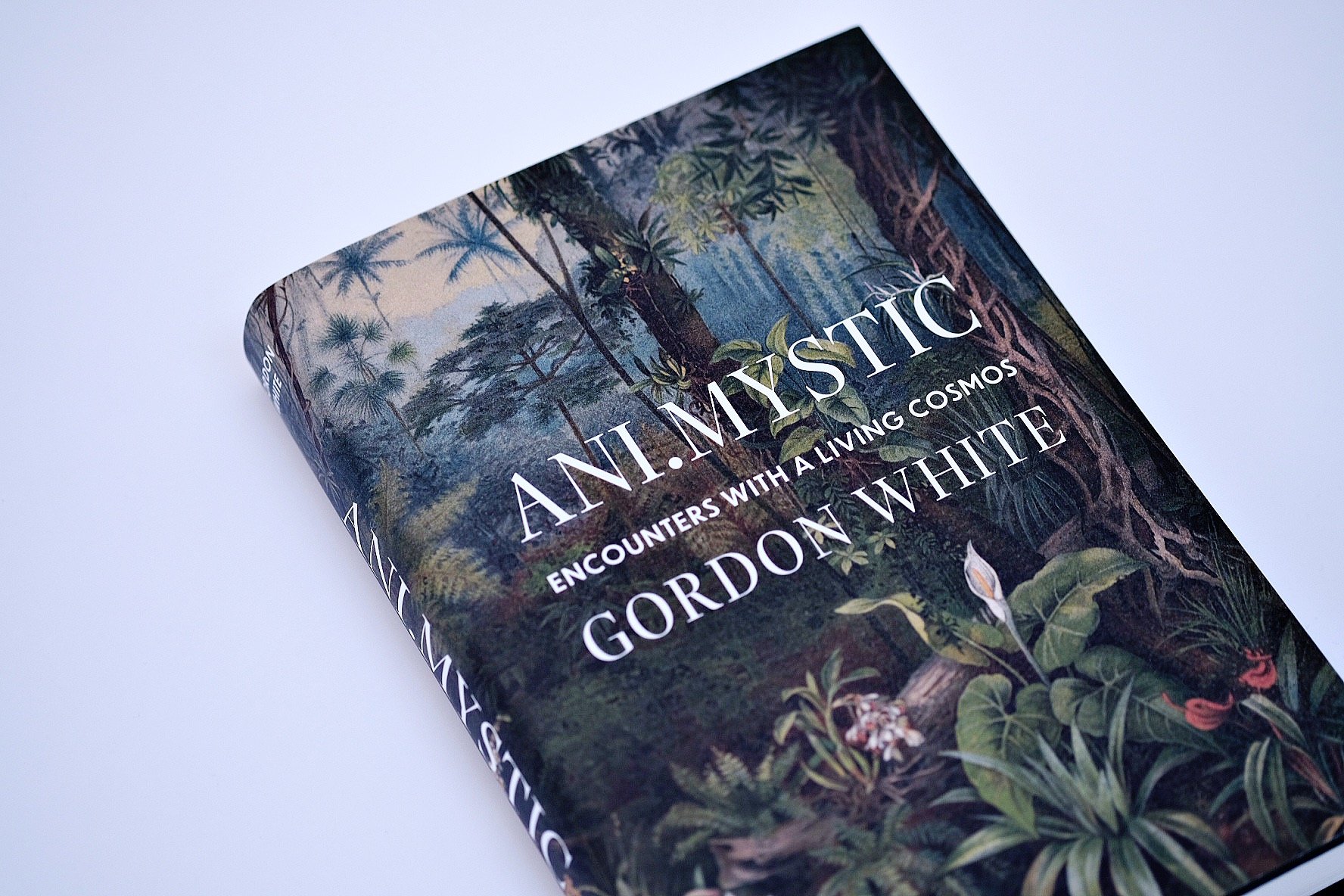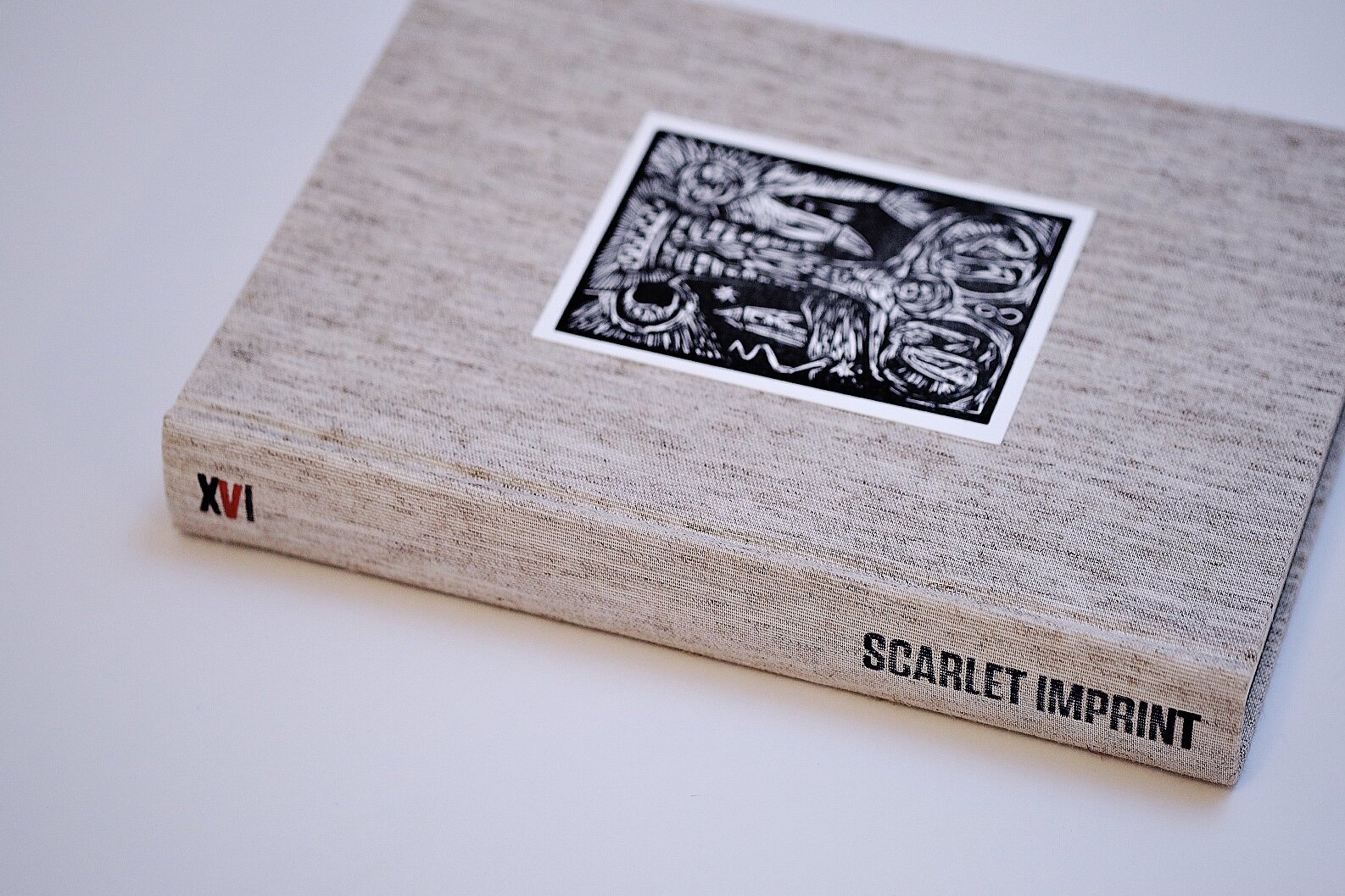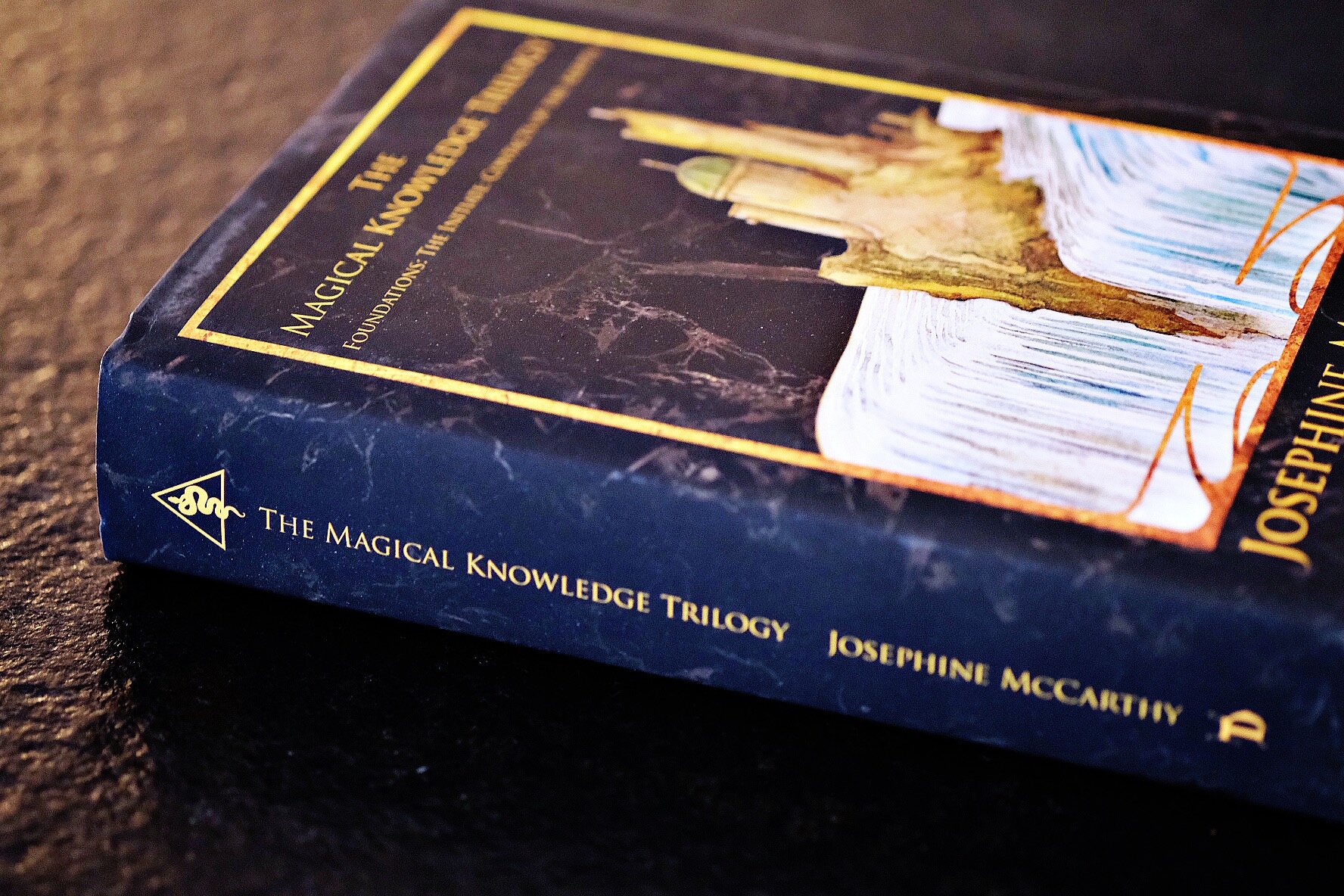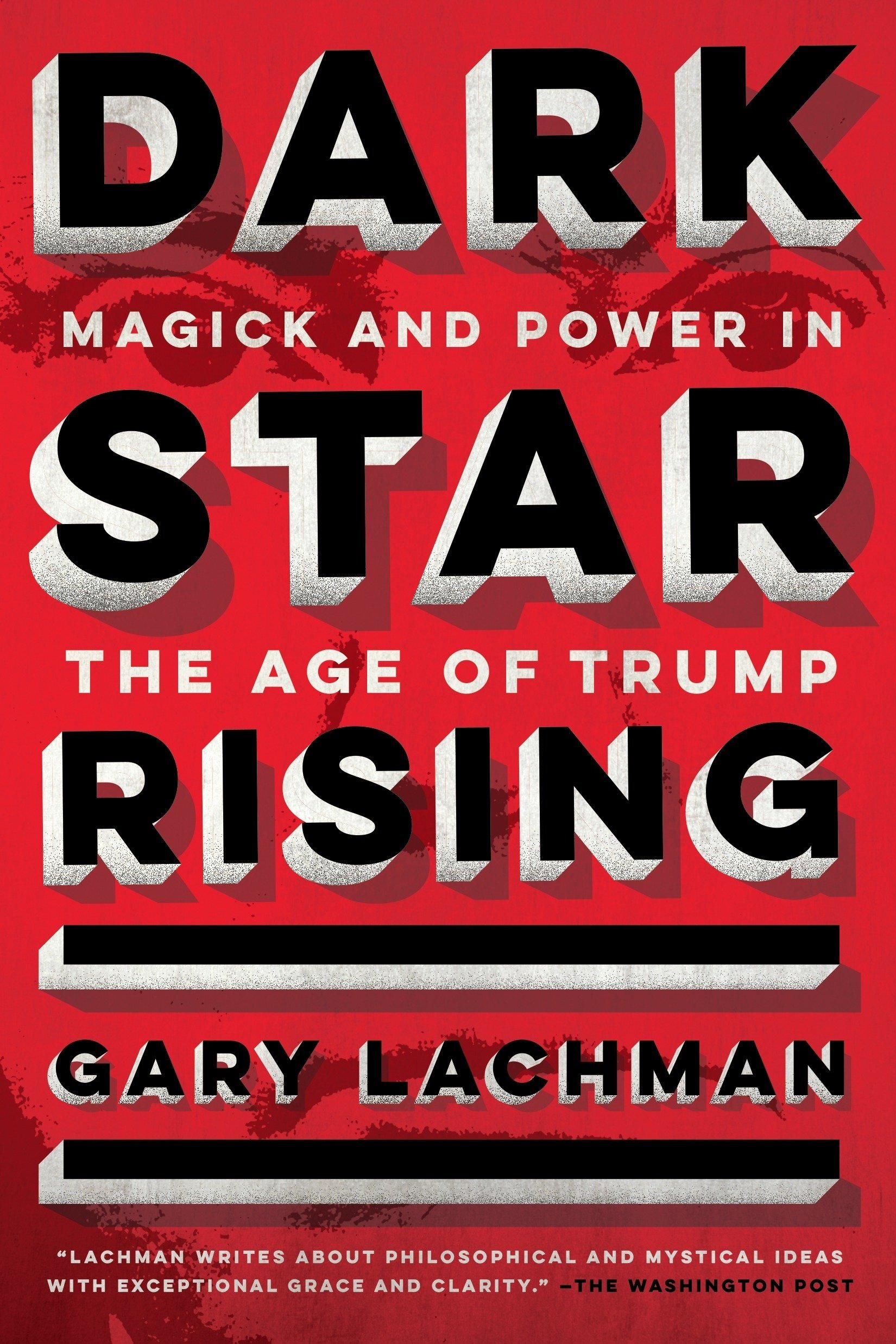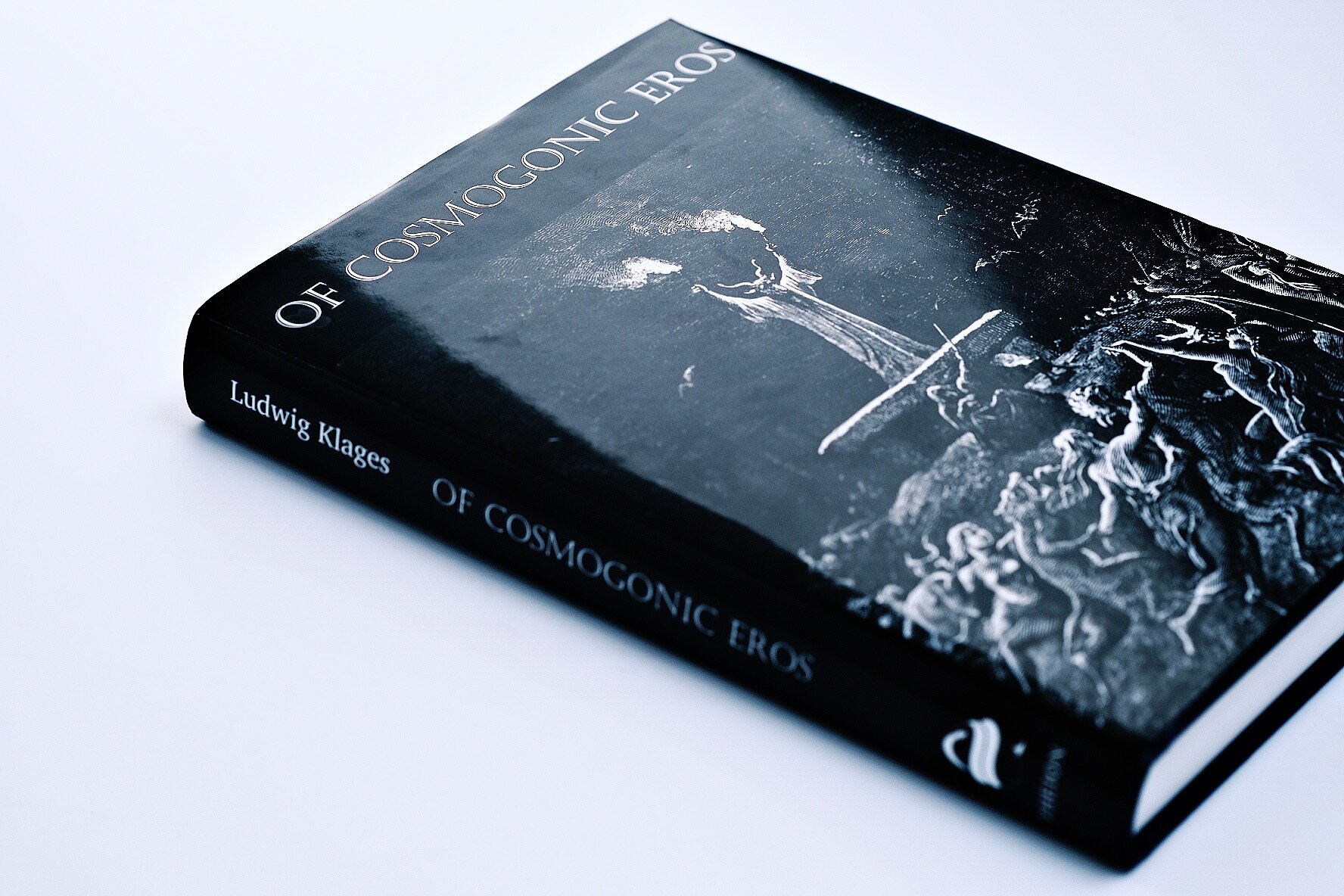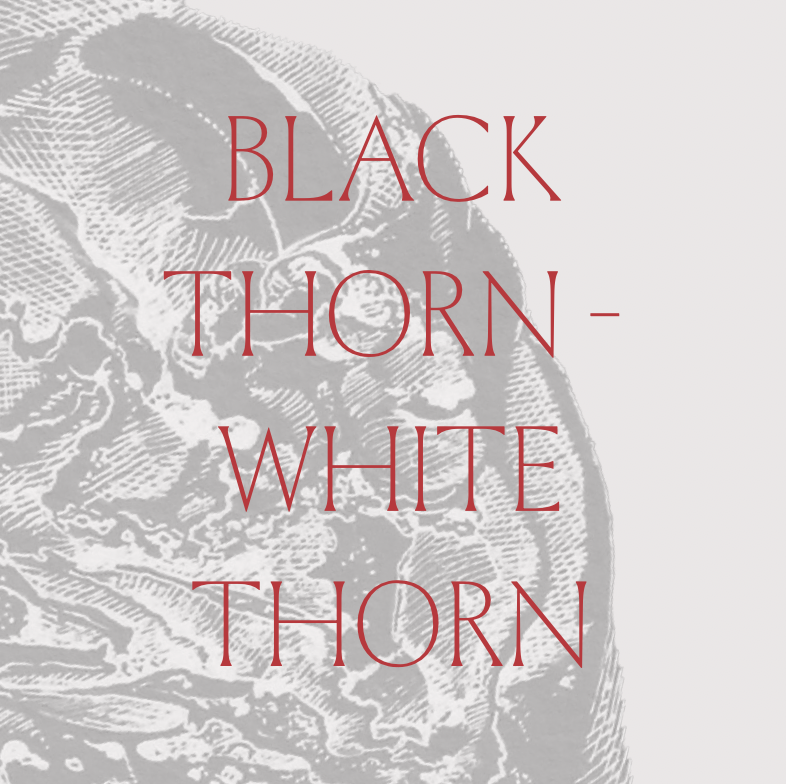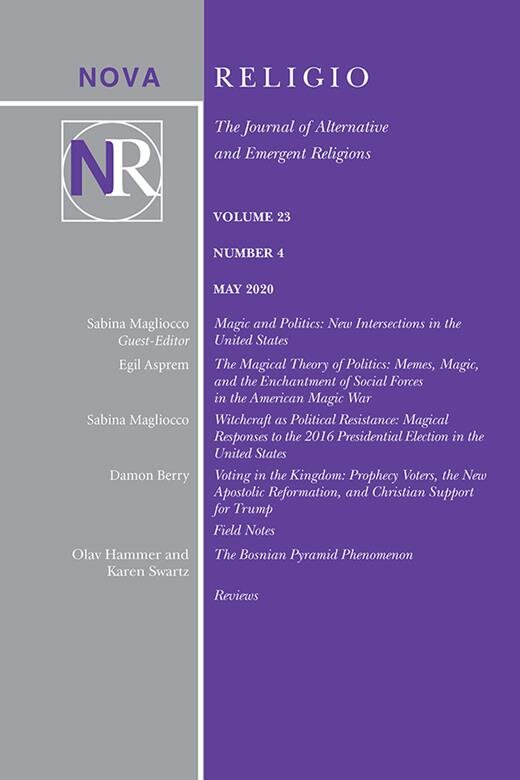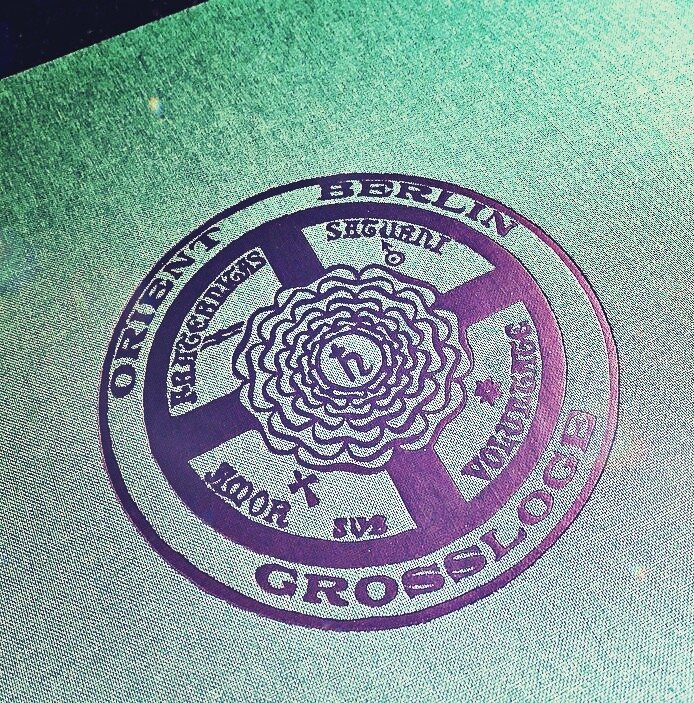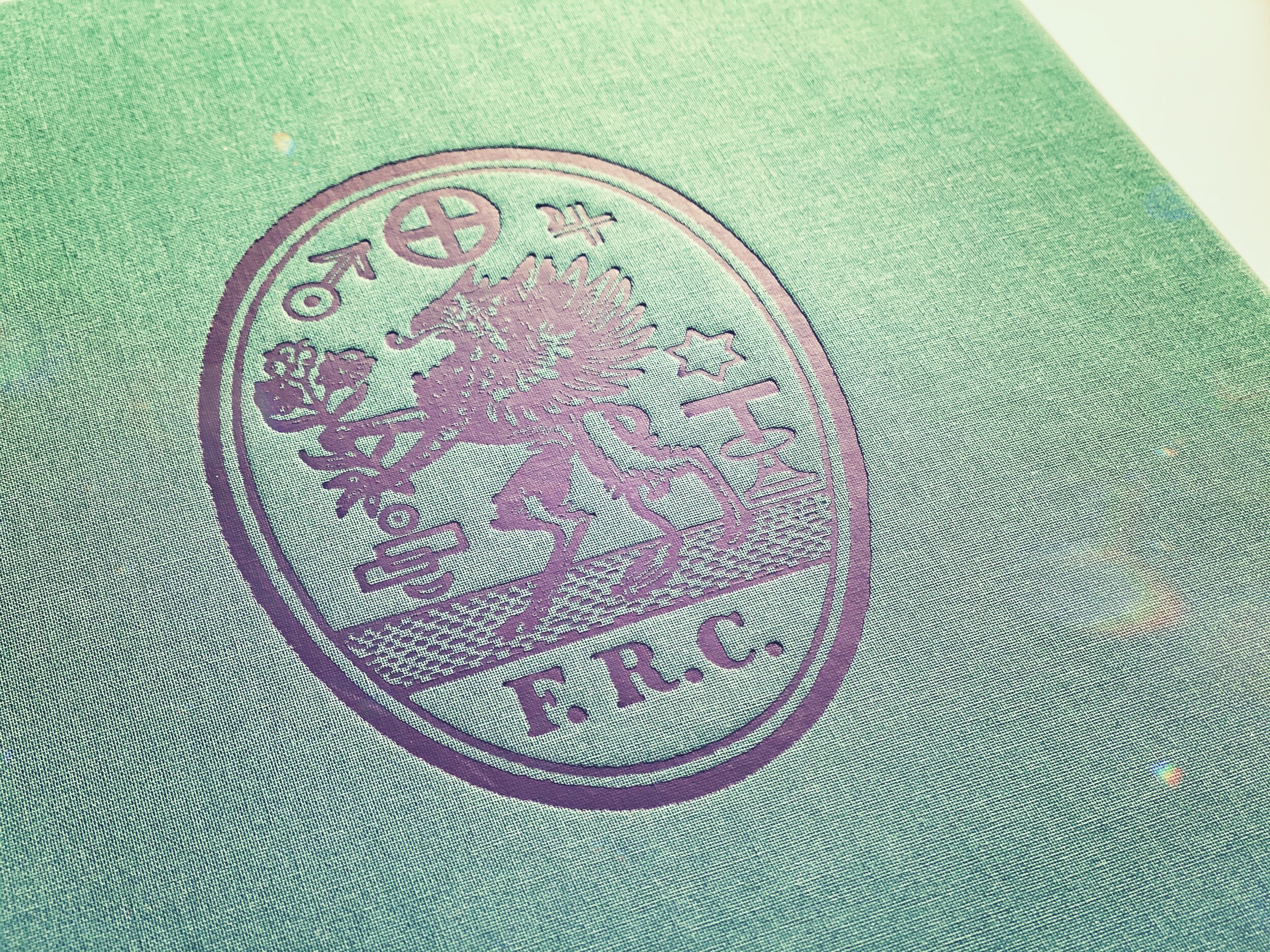
Read our Reviews.
English & German Reviews. Sorted by Publishers.
Aeon Sophia Press
A Second Nature is the second book by artist José Gabriel Alegría Sabogal (JGAS) and features a pristine selection of drawings and paintings collected over the relatively short period from 2014 to 2016. Right upon opening the book we realise that it can be read in many different ways. Whichever access route we choose though, once we delve into its manifold visions of the daimonic – some perfected in beauty, some in grotesqueness – we should be prepared to tremble.
Anathema Publishing
Arcanum is a book almost entirely made up of images, of stunning macro-lens photographs taken by the highly talented Daniel Yates. Arcanum is also an assassin, as it perfectly understands the sequence of experiences it needs to take us on: From allowing us entrance, to slowing us down, to stilling our gaze, to drawing us in, to showing us a glimpse of the threshold its images can be, to finally pointing into the darkness beyond by means of its illuminating titles and chapters.
Araki Verlag
Worum geht es nun genau? Es wird jedem Tag des Jahres ein Vers aus dem Liber Al zugeordnet, was dem Benutzer als Meditationsvorlage dienen soll. Damit können Thelemiten den Offenbarungstext systematisch tiefer durchdringen und zu einem festen Bestandteil ihres Alltagslebens machen. Doch es gibt noch sehr viel mehr zu entdecken…
arkana
(…) Zur praktischen Arbeit mit Dämonen hat die Autorin einen auf dem Chöd basierenden Fünf-Schritte-Plan entwickelt, dessen inhaltliche Grundlagen sie in einzelnen Kapiteln abhandelt: Neben erklärenden Ausführungen stehen dabei Anekdoten und Praxisberichte aus ihrem eigenen Leben und dem anderer Weggefährten, durchwoben mit Zitaten und Axiomen aus der buddhistischen Tradition, ergänzt durch Stellungnahmen und Ratschläge ihrer zahlreichen Lehrer.
Books on Demand
Magie heute ist ein höchst ungewöhnliches Buch und sollte doch genau das eigentlich nicht sein. Wie der Untertitel sagt, ist es ein Buch, das völlig in der magischen Praxis verwurzelt und auf diese zugeschnitten ist. Magie heute verkörpert jene Art von Magie, die einem geradeheraus ins Gesicht starrt und dabei fest in den Magen schlägt, während man versucht, halbwegs als Herr oder Herrin der Lage zu erscheinen.
Unser Autor, Willi Dommer, stieß Mitte der 80er Jahre als gelernter Journalist und promovierter Soziologe zur Redaktion der Esotera, wovon er ausführlich berichtet. Doch nein, hier ist gleich eine kleine Korrektur erforderlich: Denn es handelt sich bei seinem Erlebnisbericht zumindest formal, tatsächlich jedoch nur selbsterklärtermaßen um einen Roman.
Columbia University Press
Wedemeyer advances insightful interpretations based on his general argument that the texts need to be understood connotatively. He thus suggests that stories about wild ascetics roaming freely throughout the country engaged in transgressive practices in fact exemplify what he calls “contrived marginality.”
Feral House
Very few researchers (…) of Hermeticism and Western Esotericism are likely to be familiar with the fact that at the end of the 19th century i.e. at the peak of the Victorian era, there was a publicly known occult organisation that was classified by the security authorities of the time as a most alarming hotbed of political terrorism, separatism and high treason.
Folio Society
Here is a short, sharp look into the world of Severian the Torturer. We will examine nothing, but one of its most fascinating creatures and the particular magical elixir prepared from it. As we will see, the mythical alzabo holds several significant lessons in store for us as spirit-workers.
Fulgur
In 2017 FULGUR published a set of 10 outstanding spirit-doorways, residing on the crossroads of art and magical practice. Their breathtaking book 'Decad of Intelligence' is a beast so rare and precious, it actually is not a book at all. It is the kind of object you will not want to place on a shelf, but to allow it to breathe in your temple.
Hadean Press
This book requires multiple readings to understand how deftly the various sections gel together, despite their differences, or because of them. “What you did as a child that made the hours pass like minutes? Therein lies the key to your earthly pursuits” (C.G. Jung). This is one such puzzle of a book with which you could have hours of pleasure.
[…] As Cummins suggests, the calls and figures as a whole might be deployed for various sorcerous reasons. Yet if there is one thing that remains constant with poetry, it is the ardency with which it is performed that makes it so evocative – even spoken softly, gently, soothingly, in tones of intimacy and friendship, there must be enthusiasm.
What Nordblom has done is provide us with a framework to discover our own relationship to the magical or sorcerous narrative within our own lives – a kind of praxis which enables us to think about word and image in a way which may be unusual to some moderns. […] we should thank the author for providing us with only a glimpse of the many worlds of the historiolae which may present the enquiring mind with rich alterities.
Jake Stratton-Kent gently but decidedly brushes away the naive hope of offering the reader any sort of definite pathway, absolute truth or sanctified orthopraxy; instead, his book aims to create just about sufficient orientation points – as well as lazy readers’ trapdoors, one should add – so that each one of us can create, correct or continue to ruin their own ritualistic path.
Frater Acher and José Gabriel Alegría Sabogal present us with […] a guide and a glossary diffracted through the prism of personal ritual practice, historical research, and painstakingly intimate relationships with spirits.
Harper Collins
The Tree of Gnosis does not only present a masterful investigation into the complex history of Gnosticism – the book introduces us to a broader, much more challenging vista from where we can see ourselves, that what is truly at stake here is no longer Gnosticism, but “the meaning of history itself.”
Herkules Verlag
Gibt es Orte, die besonders spirituell und daher sicher sind, wenn es mit der Welt irgendwann zu Ende geht? Als ihm diese Frage gestellt wurde, soll ein indischer Guru irgendwann in den 1980er-Jahren um eine Landkarte gebeten und auf mehrere Orte gezeigt haben, darunter die Vulkaninsel Stromboli und Freiburg im Breisgau.
Inner Traditions
Sword of Song is a groundbreaking venture that still defies most categorizations. The temptation to parallel such an experiment with AC’s life is in some ways far too great to pass up on. (…) The book is a hybrid example of writing that entails much more than mere textuality may suggest. Hopefully Richard Kaczynski’s comprehensive edition will inspire revived and expansive interpretations of its contents for some time to come.
In his recent rendition of the Three Books, Eric Purdue has consulted Vittoria Perrone Compagni’s critical edition, which is based primarily on the 1533 version, all the while carefully comparing and contrasting it to the 1510 first edition, and the 1531 2nd edition as well as the first manuscript version Agrippa sent to Trithemius.
This volume deals with “land spirits”, those entities and spirits of place which the Christian church referred to as “demons”. […] Approaching this book with an open mind is wise, because you may be surprised where it takes you, regardless of practice. Furthermore, it serves as a great introduction to Lecouteux’s work and jumping-off point to the other books Inner Traditions have translated, and provides really nice access to non-Anglocentric scholarship.
Stavish takes on a once-popular idea, that of the Egregore, the spirit that leads groups, protects artifacts, and can inform those sympathetic to it. Most occultists assume such beings exist, and the popular fancy is that these vague but benevolent beings are leading mankind into some better existence. Stavish suggests that while egregores do exist, they might or might not have mankind’s best interests in heart.
Lindisfarne Books
The Planets Within is a book relevant for anyone interested in astrology, psychology and Renaissance magic. It is a book that gives a great idea of how the Renaissance magus thought about the world and how all things were connected for these practitioners of the art who impacted modern occultism in the form of Hermetica, the making of talismans and traditional astrology.
Llewelynn
There are certain books regarded as “classics” of Western esotericism, like Agrippa’s works, the Lesser Keys of Solomon, Dee and Kelley’s journals, etc. I would wager High Magic is just about as important in terms of understanding the state of postmodern schools of magic(k)al thought as those books are for understanding the magic(k) of ages long past.
Living Magic is a most unusual book, and yet it should not be. As its subtitle says, it is a book entirely entrenched in and geared towards magical practice. Specifically, it breathes the kind of magic that does not walk cloaked in centuries of tradition, in garments of cryptic symbols and dead languages, peacock-like strutting out in leather-binding and emblazoned in claims of ancient lineages. Instead Living Magic is epitomising the kind of magic that nakedly stares you in the face and bluntly punches you in the stomach.
Becoming an instant classic when the English translation was released in 1990, Practical Sigil Magic: Creating Personal Symbols for Success by Frater U∴D∴ remains the most accessible and, yet, the most thoughtful work on the subject.
Stavish goes one better than most books on occult history: with each chapter he provides a list of supporting texts – both scholarly and etic as well as experiential and emic. His pedagogical style is admirable. He presents each chapter’s material, then a summary of key points and books to consult. And more. The genius of this text is in the more.
Litte, Brown and Company
For make no mistake: Chöd is anything but a harmless placebo praxis, even in this broken-down version. As gentle and benevolent as the technique may come over; […] here it indeed becomes evident how the soft water persistently hollows the hard stone, grinds it down, reshapes and finally dissolves, in other words: eliminates it.
David Nutt
Let’s start by bluntly acknowledging that this is not a good introductory book on the topic of Gnosticism. It is, however, a valuable book if one wants to deepen their knowledge of the subject. And it is certainly an interesting document for its historiography and for taking a closer look not only at the Gnostics, but at their physical artefacts: the magical gemstones, commonly known as Abraxas.
Penguin
I’ve been reading this book for a couple of weeks now, like any collection of poems; it’s quite an intense journey and best accomplished in manageable sections. […] Maybe it’s my imagination but it does read like a continuous narrative, I’m guessing its talented author intended it so. It feels like being a fly on the wall in the author’s magical playroom or reading the record that magicians often keep.
Penned in the Margins
Stranger in the Mask of a Deer is, perhaps, the single most impactful sequence of thematically-linked poetry to have been written in the spirit and celebration of a pure and unadulterated paganism that I have encountered; one that combines its sinuous diction with an essential and ageless metaphysics.
Quareia Publishing
This book comes highly recommended to anyone interested in ancient Egyptian thought and magical history. It is an open invitation to work in the Duat in magical service. (…) However, the book should come with a warning label to proceed at your own risk and with care, as its journey is called the Path of Hercules for a reason. You will find it to be a rich magical and mystical source if you dare to awaken the Ma'ati within.
Josephine McCarthy is offering us a book that is empowering us to work in union with the forces of Malkuth - not to exploit or escape from them. It is offering a practical path to earn the privilege of growing our own magical roots into the physical matter we are made of. A book that is the ultimate antagonism to any magical escapism you might have come across in new age occulture.
Red Wheel / Weiser Books
This book by Vere Chappell is a welcome contribution to a growing body of literature related to Ida Craddock (1857–1902). After a long period of neglect, the life and writings of this amazing woman are finally emerging from obscurity.
Scarlet Imprint
Card by card, Poncet meticulously takes us through the process by which he recovered the iconographic provenance of each card’s imagery based upon primary artistic materials, close observation of fine detail, and comparative historical and textual research. Poncet performs a virtuoso exercise in iconographic connoisseurship to create an evidential chain that convincingly explains the origins of the Tarot de Marseille tradition.
The powerful agitation this book achieves has been a primary revelation; the pain of recognition, then non-recognition is a firm strike of the disciplinarian’s rod to let these figures speak for themselves. The journey this book invites its readers to embark upon is certainly not of universal appeal. Yet, for those intrigued by the power of visual culture and willing enough to surrender to the taciturn spirits Lertas has conjured into these images, a profound pilgrimage awaits.
I would recommend this publication to anyone with an interest in the tarot, and it works well as both an introduction to the historical, cultural, and spiritual contexts of both the Sola-Busca and Tarot de Marseille. It is a triumph of two passionate and sincere researchers and a genuine benefit to an audience within and without the magical community – perhaps even art critics.
Hagia Sophia Sanctum of Kronos: Spiritual Dissent in an Age of Tyranny is Peter Mark Adams’ third book in a series of writings on classical initiation and its survival into the Renaissance. According to Adams, the Hagia Sophia itself is the incarnation of the most important ideas of Hellenistic theurgy, or spiritual practice wherein identification with, and even possession by one’s chosen devotional deity was the ideal.
In essence, ANARCH documents an ongoing process of profound personal transformation mediated by a four year long retreat in a forested landscape. Captured in fine writing and immersive photography, I cannot sufficiently commend the profundity of conception and execution that characterises this work.
ANARCH brings the spirit of Beuys down into chthonic depths; brings it to lie beside us, as it were, in a sacrificial pit. From there, Gast’s book buries us alive, takes us on a satanic–alchemical journey to leave us injured, wounded, and fully given over to transience as undead revenants in the 21st century in new and diabolical forms.
Frater Acher writes with very deliberate care for the reader. In a sense, this is a book about character, in terms of the symbols we use (and which also use us) to contour our perception and experience. It is also a study in contrasts, in order to explore what the author calls “the rainbow path” – which requires seeing through and behind caricatures. Whether those caricatures are those of the fanatical Christian extremist, the dissolute pagan, or the saintly hesychast, all are examined here with remarkable even-handedness.
Ani.Mystic is a beautiful and informative work. But to read it is to embark upon a densely woven encounter. The sheer variety of voices that contribute to its fabric do not obfuscate, in any way, its message. Rather, they serve to pitch a distinctly perspectival challenge to the reader, to ingrained habits of thinking and being […]. The quality of its prose and the logic underpinning its argument are, respectively, stylistically well-polished and thoroughgoing; the choice and use of its various interlocutors a treasure chest of sources and ideas.
A meticulous study of this book will most likely feel like a daydream transporting the reader to the ancient world of the Mysteries and their gods initiated by Adams’s eloquent writing and personal insights supported by beautiful images of the frescoes of the Villa of the Mysteries and other ancient iconographies and artifacts. The functional combination of text and imagery is what makes Mystai such a potent and inspiring book.
[…] Essays in the collection address an array of contemporary crisis situations and calamities and correlate their impact and meaning with the symbol of the fallen Tower. The opinions are diverse and the views often verge on disturbing: there is certainly nothing in the book that would be acceptable to everyone, and that is as it should be. The overall message is however clear: it’s the end of the world as we know it, whether we like it or not.
Shambala Publications
Fearless at Work actually isn't a book about work. It's a book about cowardice. The kind of cowardice most of us comfortably have forgotten about, and to aid that process we conveniantly began to call it everyday life. It's the cowardice that masks itself as numb acceptance or bitter withdrawal, as grudging tolerance or thick-skinned suffering.
TaDehent Books
Rosicrucian Magic raises the question of what kind of balance must be struck in both the practice and the study of esotericism in general. Acher’s answer is in a phenomenological understanding of the Rosicrucian experience, of the initiatic moment, with all its intentionality, temporality, and intersubjectivity, we might well find a sympathetic understanding – the internal connections the modern initiate is attempting to achieve.
Tarot Skills for the 21st Century: Mundane and Magical Divination by Josephine McCarthy is, at present, peerless. It stands out from the pack and is a necessary addition to the contemporary tarot library. When one of the most incredible and prolific occultists of our time, one with over 45 years of tarot reading experience, publishes a book on the tarot, you sit up and you pay attention.
This book is such a great “take-no-bullshit” approach to magic, and in addition it gives so many great tools for establishing “inner world” and “outer world” contacts […]. And this is another astounding facet of The Magical Knowledge Trilogy: it is a book that wants you to disagree with it here and there, so you can chisel out your uniqueness more and more precisely as you advance through the lessons and suggestions presented abundantly here.
TarcherPerigee
While Lachman has deep-dived before into little known occultist tenets informing various political movements in history as a contrarian underground ontology of sorts, Dark Star Rising is rather different. It essays to render some rhyme and reason regarding an incumbent president of the United States (…): Donald Trump. Lachman (…) adopts a markedly phenomenological approach, opting for a reserved and sober analysis encompassing both Trump and his vast right-wing supporter base as well as their shared spiritual fundamentals.
Theion Publishing
[…] This then, is where the Black Cube shines most darkly; for all that Moros presents us with scholarly analysis, and historic and new rites to encounter the Saturnine Deity in our own lives should we wish closer congress, it is his obvious intimate embrace of, and his deep suffusion in such a Saturnine Gnosis which wells up.
For Klages, the mystery of the enthusiasm is magically potent – as potent as the Mysteries of the pagan cults. […] In Of Cosmogonic Eros we are presented with a subterranean labyrinth of language which may return us to Soul at its centre – if we have the courage to engage.
Troy Books
The underscoring theme of Blackthorn Whitethorn is that precise in-betweenness, the position of not-this not-that (Sanskrit Neti-Neti), a concept and means of apprehending that is as elusive as the roebuck being pursued — or that pursues us — and as thorny as the entangled thicket. This concept — arguably a fundamental ethos of witchery — demands that we adopt an alternate way of approaching, through poetic inference; for it is ineffable in the truest sense, and thence a Nameless Art.
Upon closing the book, it is good to know that this book will not remain closed. It is reassuring to know this book has come into the world. Mercer has composed not only an elegant but also a very practical and useful handbook for the entire use and mysteries of the Armanen futhark.
University of California
[…] This is because worshipping the Mahavidyas offers access to a world of spirits that is parallel to the physical world and impinges upon it. […] Other features that are particularized here are skulls and severed heads, sexuality and awakened consciousness, the conjunction of death and sexual imagery, the roles of women and reverence for women, and finally the potentially liberating nature of social antimodels.
Asprem distinguishes three camps in the “magic war over the 45th president of the United States” (p. 17): the Cult of Kek, the Magic Resistance, and the Magic Reaction, a taxonomy primarily determining “three phases of the conflict that stand in a chronological and dialectical relationship to one another.” (p. 17)
Volker Lechler
Just like the previous release, Mr.Lechler’s new book on The First Years of the Fraternitas Saturni will be of timeless value to future magicians and occult researchers. Without ever being judgemental or subjectively coloured in perspective the book continues to dismantle many of the myths of our tradition, which we allowed to turn cold and into false orthodoxy.
How do you review a book that begins to dismantle the myths of an entire tradition? A tradition that depends so much on the numinous, the ill-defined such as Western Ritual Magic. A tradition that was only able to develop in the absence of books like this.
